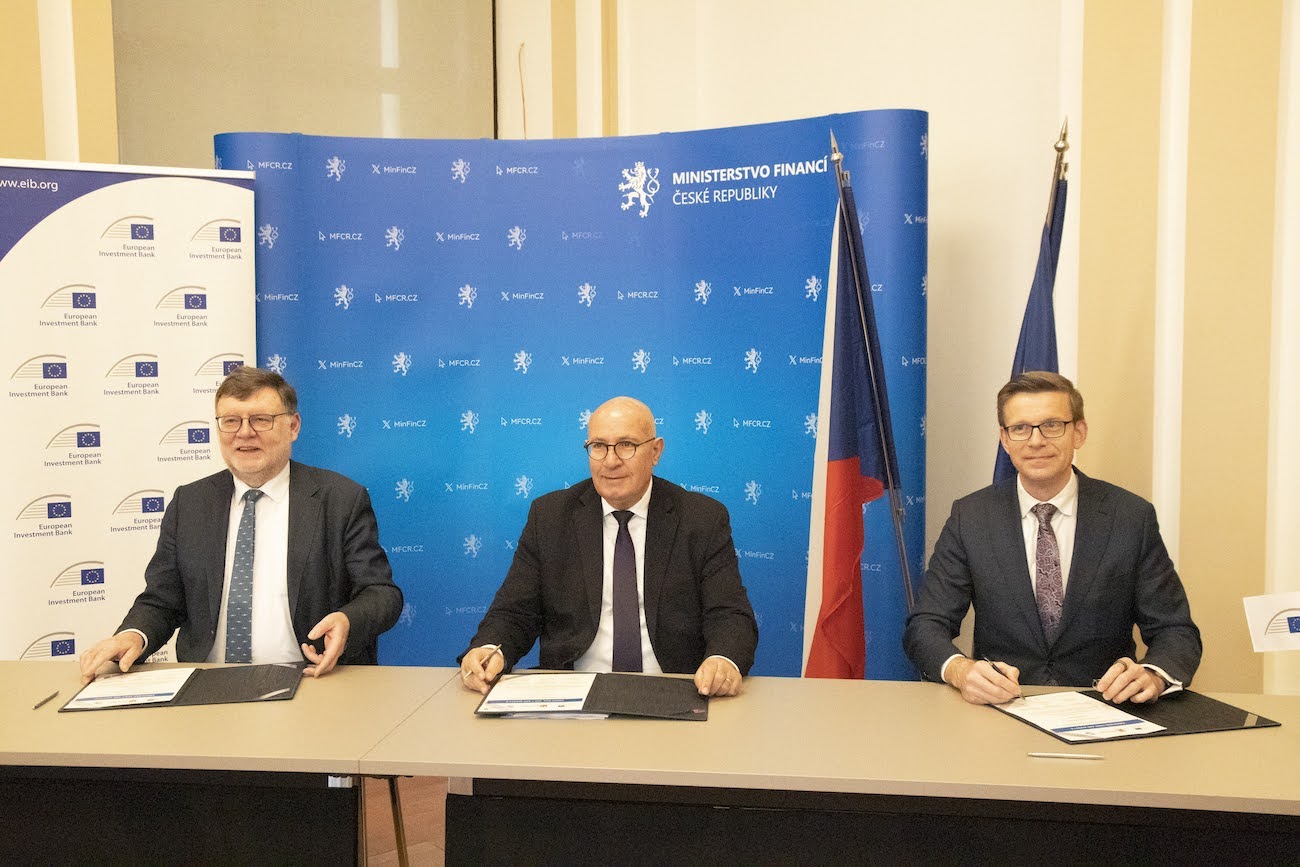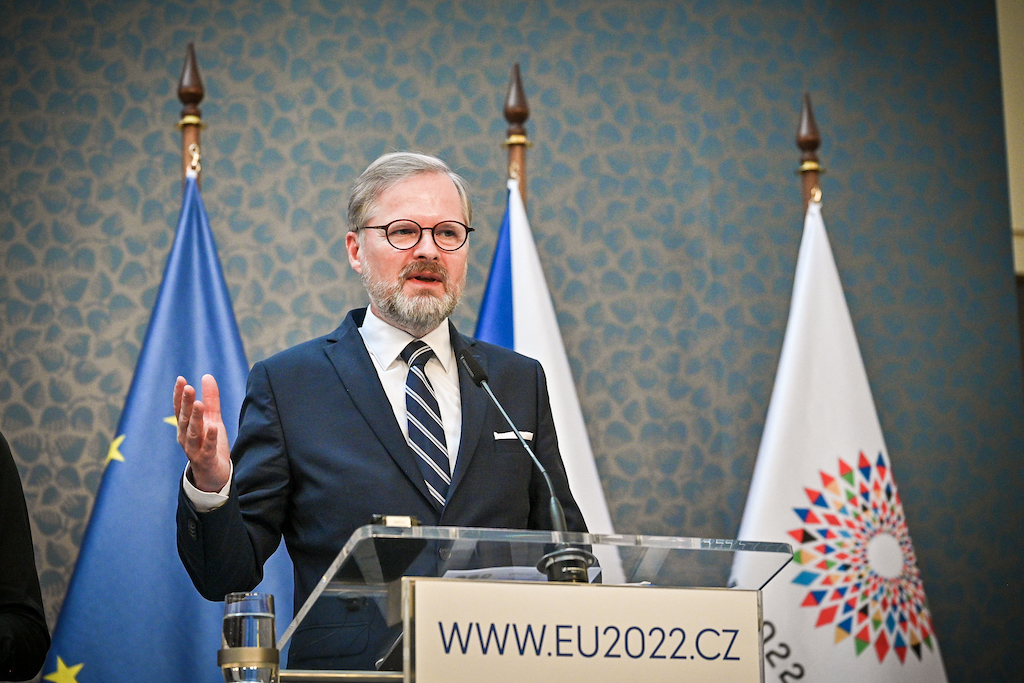Backed by a robust economic growth, employment in the EU continued to rise more strongly than expected in the third quarter of 2017, while unemployment figures declined further according to the latest Quarterly Review on Employment and Social Developments in Europe.
Marianne Thyssen, Commissioner for Employment, Social Affairs, Skills and Labour Mobility, commented: “Growth is back in Europe. Employment in the EU reached the highest level ever recorded with more than 236 million people in jobs. And unemployment is steadily declining. We should make the most of this positive economic momentum and deliver on new and more effective rights for citizens that we laid down in the European Pillar of Social Rights: fair working conditions, equal access to the labour market and decent social protection. Now is the time to make sure all citizens and workers can benefit from these positive evolutions on the labour market.”
Compared to a year before, EU employment rose by 1.7%. This corresponds to an additional 4 million people employed, of which 2.7 million in the euro area. Permanent jobs and full-time employment were the main contributors to this expansion. Between the third quarter of 2016 and 2017, the number of employees with permanent contracts grew by 2.8 million. This increase is three times higher than the rise in temporary contracts (900.000). The number of full-time workers surged by about 3 million, up to 181 million, while part-time workers increased by about 300.000 up to 42.7 million.
The EU employment rate of 20-64 years olds has increased consistently over the past three years, standing at 72.3% in the third quarter of 2017, the highest rate ever reached. Nonetheless, large disparities among Member States remain. National employment rates ranged from 58% in Greece to 82% in Sweden. The report also shows that unemployment in the EU is approaching pre-crisis levels at a steady pace. Unemployment has receded by around 8.6 million people since its peak recorded in April 2013 and remained below 18 million people in December 2017, the lowest level since November 2008.
Further figures on the labour market in the Quarterly Review also confirm the improved health of the EU economy:
- Labour productivity in the EU improved by 0.8% compared to thethird quarter of 2016. By far the strongest increase was recorded in Latvia, Lithuania, Poland and Romania (3% or more year-on-year).
- The financial situation of EU households continued to improve at a growth rate of around 1.5% year-on-year, mainly driven by an increase in income from work. Nearly all Member States continued to see growth in household income in the year to the first half of 2017. Nonetheless in the several countries, namely Croatia, Greece, Italy, Portugal and Spain as well as in the Netherlands, gross disposable household income was still below the level of 2008.
- Labour demand and labour shortages continued to increase. The overall job vacancy rate in the EU has reached 2% in the third quarter of 2017. The job vacancy rate was higher in services than in industry and construction. Labour shortages increased, and hiring activity recovered (up 3.7% in a year to the second quarter of 2017). The separation rates declined well below pre-crisis levels, while the job finding rate has accelerated its recovery over the last quarters and approached its pre-crisis rate.
Background
The Quarterly Review on Employment and Social Developments in Europe provides an overview of recent social and labour market developments in the EU. It looks at short-term changes in GDP and employment trends.
On 17 November 2017, the European Parliament, the Council and the Commission proclaimed the European Pillar of Social Rights, which sets out 20 key principles and rights to support fair and well-functioning labour markets and welfare systems. The Commission is already doing its part to translate the Pillar into concrete actions, for example with our initiative on work life balance, the proposal for a Directive on transparent and predictable working conditions in the European Union, or the upcoming Social Fairness Package.
A key instrument to steer the process of economic and social convergence every year is the European Semester. Starting with the 2017/18 cycle, the principles and priorities of the Pillar have been mainstreamed in all the main Semester documents. In particular, the draft Joint Employment Report includes the new Social Scoreboard to monitor performances in key areas covered by the Pillar, such as the share of early school leavers, the youth unemployment rate or the impact of social transfers on poverty reduction.


















